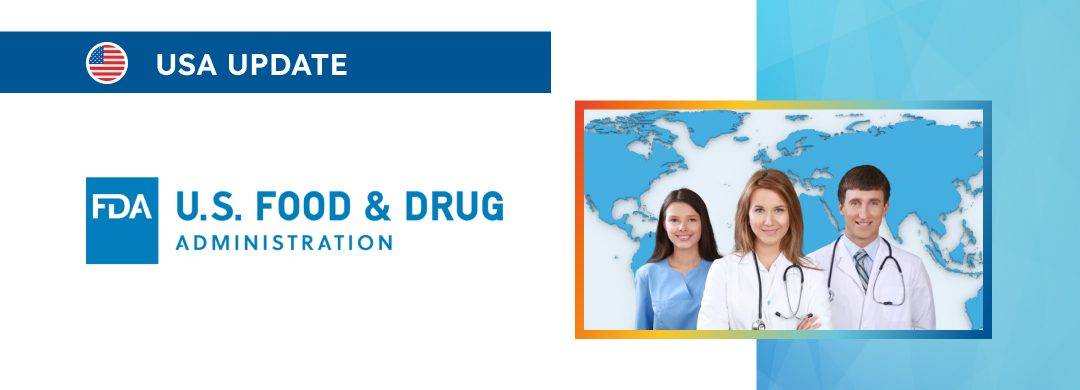
Table of content
The document provides an overview of the applicable regulatory requirements and additional clarifications and recommendations to be considered by the parties involved to ensure compliance with them.
At the same time, provisions of the guidance are non-binding in their legal nature, nor are they intended to introduce new rules or impose new obligations.
Moreover, the authority explicitly states that an alternative approach could be applied, provided such an approach is in line with the existing legal framework. It has been agreed with the authority in advance.
Introduction
The present FDA draft guidance is focused on using real-world data (RWD) and real-world evidence (RWE) in regulatory decisions for medical devices. In particular, this guidance aims to clarify the assessment of RWD quality for generating reliable RWE, which could support regulatory submissions for medical devices.

Definition and Sources of Real-World Data
As explained by the FDA, the concept of RWD includes a broad range of information relating to patient health status and healthcare delivery.
It is typically collected from electronic health records, claims data, product and disease registries, and digital health technologies.
These sources facilitate various study designs, from randomized and non-randomized trials to observational and hybrid designs.
Understanding Real-World Evidence
Real-world evidence is the clinical evidence regarding a medical product’s usage, benefits, or risks derived from RWD.
The draft guidance outlines factors that the FDA considers crucial to determine if RWD is fit for purpose for specific regulatory decisions about medical devices, focusing on the relevance and reliability of the RWD.
Regulatory Approach and Recommendations
According to the guidance, the FDA encourages open dialogue with sponsors, wildly if their approaches diverge significantly from the recommendations provided in the present guidance.
The guidance notes 60 days for operationalising its final recommendations, during which the FDA does not expect new recommendations to be included in submissions but will review any such information submitted.
As mentioned, the guidance documents issued by the FDA are not legally enforceable but represent the authority’s current thinking on specific matters.
The latter emphasizes that guidance documents are recommendations and not legal requirements.
Background and Significance of RWD
The authority’s need to understand and evaluate evidence related to regulated products is emphasized, highlighting how RWD collected during clinical practice differs in quality control from traditional clinical studies.
RWD can generate RWE to inform the FDA’s understanding of a device’s benefit-risk profile throughout its lifecycle.
The use of RWD can efficiently generate clinical evidence for regulatory decisions. The document compares traditional clinical studies with RWD-based studies, noting the broader scope but potential challenges in bias control with RWD studies.
It underscores the significance of RWD in informing device benefit-risk assessments, aligning with innovation cycles, and benefiting stakeholders.
The draft guidance builds upon the one issued by the FDA earlier in 2017 and reflects new legislative requirements.
It provides updated recommendations for assessing RWD relevance and reliability in generating clinical evidence for regulatory decision-making.
Scope and Limitations
The guidance applies explicitly to using RWE in regulatory submissions for medical devices. It does not address non-clinical data, adverse event reports, secondary use of clinical study data, or systematic literature reviews. Also, it does not provide specific criteria for determining the suitability of RWD sources for generating RWE.
Complementing Existing Standards
Finally, the guidance complements existing device-specific and good clinical practice guidance documents.
It encourages using relevant and reliable data for generating clinical evidence, including RWE, while respecting existing evidentiary standards and applicable laws and regulations.
Conclusion
In summary, the present FDA guidance describes in detail the approach to be applied when using real-world data to support submissions related to medical devices. The document highlights the key points to be considered by medical device manufacturers and other parties involved to ensure compliance with the respective regulatory requirements.
Also, it clarifies the general principles the approach is based on.
How Can RegDesk Help?
RegDesk is a holistic Regulatory Information Management System that provides medical device and pharma companies with regulatory intelligence for over 120 markets worldwide. It can help you prepare and publish global applications, manage standards, run change assessments, and obtain real-time alerts on regulatory changes through a centralized platform. Our clients also have access to our network of over 4000 compliance experts worldwide to obtain verification on critical questions. Global expansion has never been this simple.

